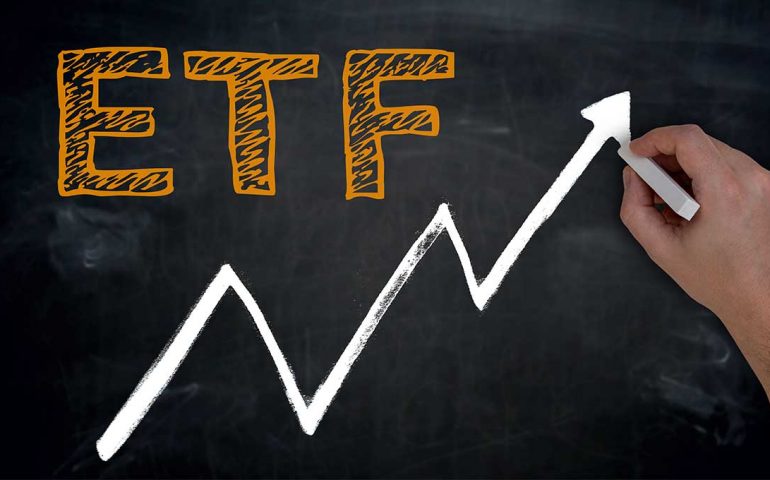Exchange-Traded Funds (ETFs) have gained popularity as a convenient and cost-effective way to invest in a diversified portfolio of assets. If you’re considering ETFs as part of your investment strategy, here’s a comprehensive guide to help you understand ETFs and how to invest in them.
What are ETFs?
ETFs are investment funds that are traded on stock exchanges, similar to individual stocks. They hold a diversified portfolio of assets, such as stocks, bonds, commodities, or a combination of these assets. ETFs offer investors the opportunity to gain exposure to a wide range of sectors and markets in a single investment.
Types of ETFs
- Stock ETFs: These ETFs invest in a portfolio of stocks, aiming to replicate the performance of a specific index, sector, or market.
- Bond ETFs: Bond ETFs hold a portfolio of bonds, providing exposure to fixed-income securities with varying maturities and credit qualities.
- Commodity ETFs: These ETFs track the price of commodities like gold, oil, or agricultural products.
- Sector and Industry ETFs: Sector ETFs focus on specific industries such as technology, healthcare, or energy.
Benefits of Investing in ETFs
- Diversification: ETFs offer instant diversification across multiple securities and asset classes.
- Liquidity: ETFs trade on stock exchanges, providing liquidity and flexibility to buy and sell throughout the trading day.
- Low Costs: ETFs generally have lower expense ratios compared to mutual funds, making them cost-effective investment options.
How to Start Investing in ETFs
- Educate Yourself: Understand the different types of ETFs, their objectives, and how they fit into your investment strategy.
- Define Your Investment Goals: Determine your financial objectives, risk tolerance, and investment time horizon.
- Choose an ETF: Select an ETF that aligns with your investment goals and risk profile. Consider factors such as the ETF’s expense ratio, tracking error, and liquidity.
- Open a Brokerage Account: To buy and sell ETF shares, you’ll need to open a brokerage account with a reputable brokerage firm.
- Place Your Order: Once your brokerage account is set up, place an order to buy shares of the ETF at the current market price.

Risks of Investing in ETFs
- Market Risk: ETF prices can fluctuate with market conditions and economic factors.
- Tracking Error: Some ETFs may not perfectly track their underlying index due to tracking errors or expenses.
- Liquidity Risk: Less liquid ETFs may have wider bid-ask spreads and could be harder to sell at a favorable price.
Tips for Successful ETF Investing
- Diversify: Spread your investments across different asset classes and sectors to manage risk.
- Rebalance Your Portfolio: Periodically review and rebalance your portfolio to maintain your desired asset allocation.
- Cost Consideration: Choose ETFs with low expense ratios to maximize your investment returns.
Conclusion
ETFs offer a flexible and efficient way to build a diversified investment portfolio tailored to your financial goals. By understanding the basics of ETFs and integrating them into your investment strategy, you can enhance your portfolio’s performance and work towards achieving long-term financial success.












No Comment